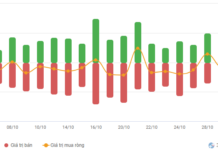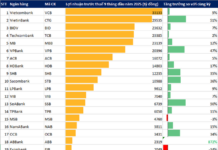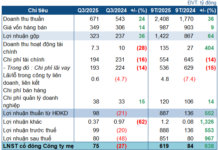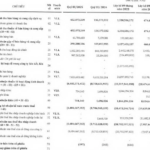
Illustrative Image
According to Reuters, the discount on Iranian crude oil sold to China has surged to its highest level in over a year. This development coincides with new Western sanctions and tightened import quotas, which have dampened demand from China’s independent refineries.
Specifically, Iran’s light crude is now priced over $8 per barrel below the ICE Brent December benchmark—a significant increase from the $6 discount in September and $3 in March. Some traders report bids dropping close to $10 per barrel as buyers seek to offset sanction risks and potential delays at Chinese ports.
These shifts follow fresh sanctions from the U.S., U.K., and European Union (EU) targeting Iran and Russia’s energy networks, including Chinese refineries, ports, and shipping firms accused of handling sanctioned oil.
The new measures complicate logistics and heighten risks for China’s private “teapot refineries.” Many have exhausted their 2025 crude import quotas and await new allocations expected in November, leading to short-term purchasing declines.
Simultaneously, Russia’s sanctioned oil supply floods the spot market, further pressuring Iranian crude prices. A Chinese trader told Reuters, “Supply is overwhelming, and the market is disoriented.”
Data from Kpler shows Iran’s crude exports to China (14% of China’s total imports) fell to 1.2 million barrels per day in September, below this year’s 1.38 million bpd average.
China’s independent refineries often source Iranian oil via ship-to-ship transfers and rebranded or anonymized shipments to evade sanctions.
A recent Reuters investigation linked part of the “shadow fleet” transporting Iranian and Russian oil to Maritime Mutual (New Zealand), accused of concealing sanctioned vessels’ identities. Its clients allegedly moved $18 billion worth of Iranian oil since 2018.
Despite pressure, Iran’s Oil Ministry deems Western sanctions “illegal” and vows to sustain exports to China and other Asian markets.
Analysts estimate nearly 90% of Iran’s oil exports now flow to China, largely via maritime transfers and offshore storage.
In early October, the U.S. Treasury expanded sanctions, adding over 50 entities and vessels tied to Iran’s oil trade. This marks the fourth round under President Donald Trump targeting Chinese refineries buying Iranian oil.
Source: Reuters
China’s Synthetic Diamond Boom: Producing One Gem in 150 Minutes, Slashing Prices by Nearly 80% in Just 5 Years
China, the world’s largest hub for lab-grown diamond production, has transformed what was once a natural marvel into an industrially replicable product, achievable in just hours.









































